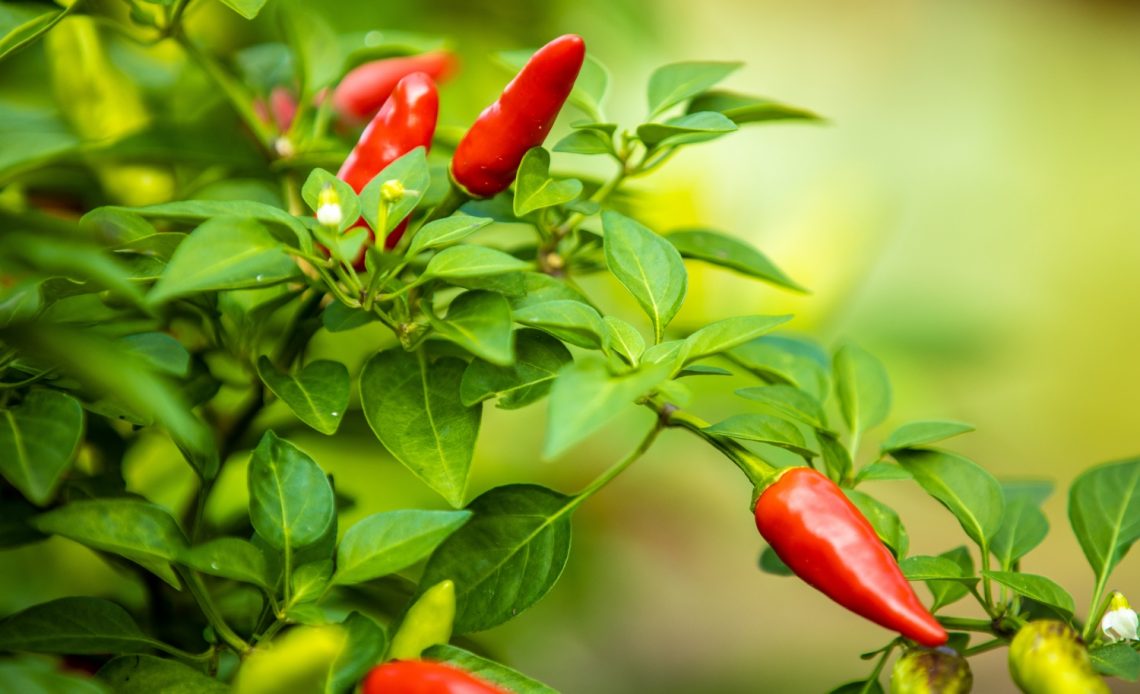

We’re here to help! Wild Yards is a completely free website that is 100% dedicated to helping you create a wildlife-friendly, sustainable yard. Read more
WildYards is reader-supported. When you buy a product through a link on our site, we may earn a comission. Every product is independently selected by our (obsessive) editors and our reviews are unbiased and objective. Read more about our mission or our privacy policy.
Plants need plenty of nutrients to survive. That goes for turf and ornamental grasses, fruits and vegetables, flowers and shrubs, trees, and everything in between.
You know your plants need to be fed. But after browsing through the fertilizer section of your local garden center, you feel confused.
Which fertilizer is the right one for your needs?
If you’re looking for an excellent all-purpose fertilizer to feed the plants in your flower beds and vegetable garden, look no further than Triple 12.
But what is 12-12-12 fertilizer, and when and how should you use it?
Triple 12 contains 12% nitrogen, 12% phosphorus, and 12% potassium. This balanced fertilizer is best for fruits, vegetables, and flowering plants as it provides them with all of the nutrients they need to grow well throughout the season.
What do the numbers in 12-12-12 fertilizer stand for?
The numbers on a fertilizer label represent the percentages of nitrogen, phosphorus, and potassium the fertilizer contains.
In the case of 12-12-12, the fertilizer contains 12% nitrogen, 12% phosphorus, and 12% potassium. The rest of the fertilizer is comprised of filler material, like sand or gypsum.
Although plants rely on a wide range of nutrients to grow well, they need these three macronutrients in much higher doses to stay healthy.
Because these nutrients are so critical to plant health, fertilizers typically display an NPK ratio on the back of the box.
Kelp meal, for example, contains an NPK ratio of 1-0-4. Fish emulsion is around 4-1-1 to 5-2-2.
Synthetic fertilizers are identified exclusively by their NPK ratio.
Let’s take a closer look at the three macronutrients in an NPK fertilizer and what they each do for plants.
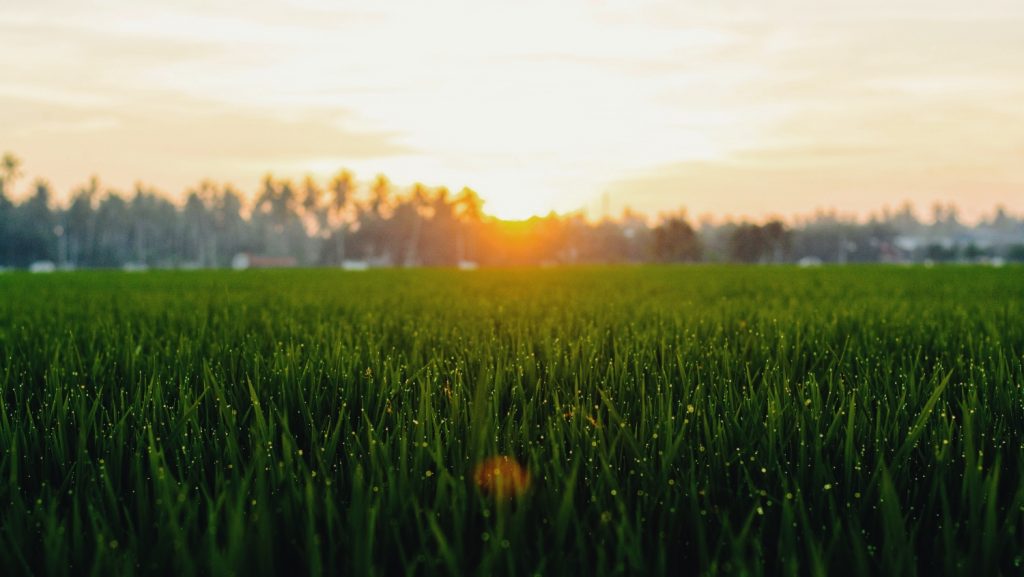
Nitrogen (N)
Plants rely on a process called photosynthesis to make energy for themselves.
During this process, they turn the water, nutrients, sunlight, and carbon dioxide they absorb into sugar and oxygen.
Nitrogen is a key component of chlorophyll, the green pigment that allows plants to absorb sunlight and turn it into energy.
Without nitrogen, plants cannot produce enough chlorophyll, and one of the repercussions of that is that the plants will develop yellow foliage.
Another symptom of nitrogen deficiency in plants is stunted growth.
Nitrogen helps regulate tissue development. Without it, plants can’t produce healthy new growth. The shoots and leaves they do produce will appear stunted.
Nitrogen can also be found in the enzymes located in the plant’s root systems.
These enzymes enable plants to absorb other nutrients from the soil.
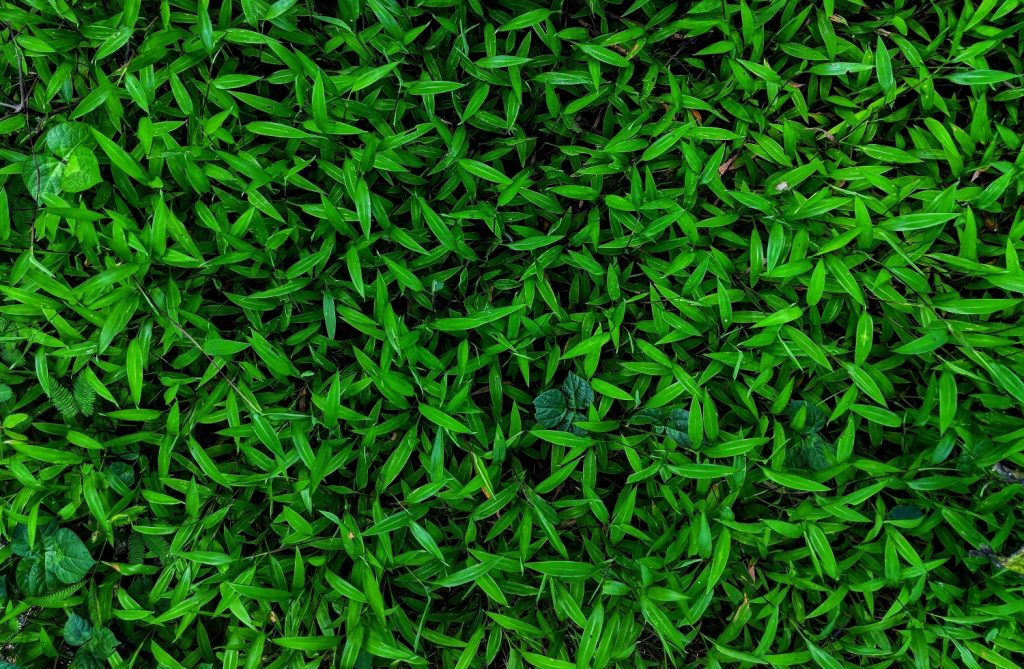
Phosphorus (P)
Phosphorus’s primary role is to enable plants to replicate their genetic material, which includes both DNA and RNA.
For this reason, phosphorus is incredibly important for flowering and/or fruiting plants.
Without phosphorus, plants may fail to bloom or produce fruits. The flowers and fruits they do produce will be of low quality.
For instance, the flowers may be pale and anemic-looking. They may also be a poor source of pollen and nectar and, therefore, not be pollinated by insects.
Tomato plants that are suffering from phosphorus deficiency tend to develop blossom end rot.
In this condition, the fruits begin to develop as normal, only to rot at the base of the fruit as it ripens, rendering it inedible.
Applying phosphorus in the form of bone meal can help remedy blossom end rot in tomatoes
It’s worth noting, too, that phosphorus helps plants grow strong root systems.
It’s important to apply phosphorus annually and to feed seedlings and newly transplanted plants a high-phosphorus fertilizer to help them get established quickly.
Other signs of phosphorus deficiency include dark blue-green foliage and/or deep purple-red foliage at the base of the plant.
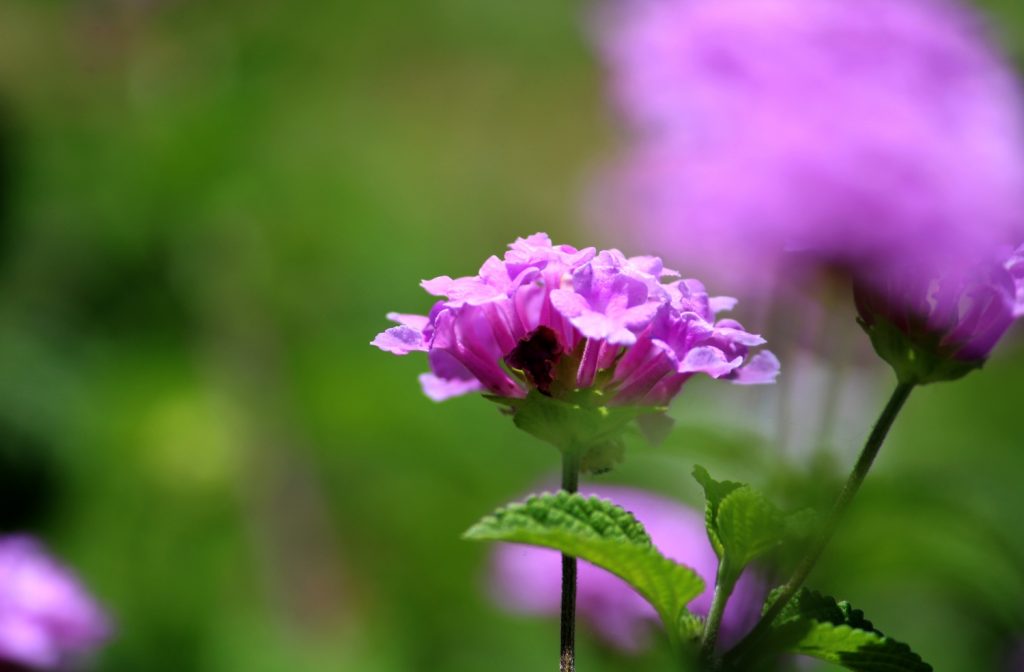
Potassium (K)
Plants rely on potassium to survive stressful situations, from periods of drought or flooding to extreme temperatures.
Potassium is also useful for boosting a plant’s immune system, to keep insect infestations and diseases at bay.
This macronutrient regulates moisture loss by determining when to open and close the stomata, located on the undersides of a plant’s leaves.
Although potassium’s major role is in regulating respiration, it’s also an important macronutrient for root growth.
Without potassium, plants suffer. Your plants may wilt in the afternoon, even if it’s not especially hot. They may remain wilted no matter how much you water them.
Other signs of potassium deficiency include thin shoots, yellowing of old foliage, and scorched, brown leaf margins and edges.
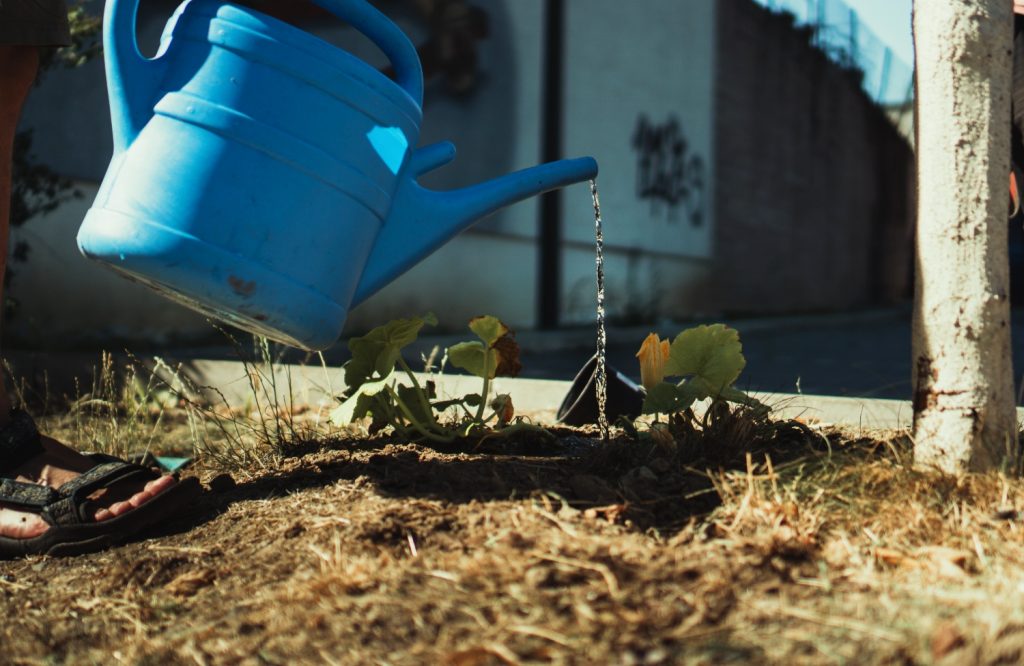
What are the different types of 12-12-12 fertilizer?
Not all triple 12 fertilizers are created equal. Which triple 12 fertilizer you choose depends on your garden’s unique needs.
Let’s take a look at the different types of 12-12-12 fertilizers and how they work so you can determine which one is right for your plants.
Water-soluble
Water-soluble fertilizers are powdered and mixed with filler materials like gypsum. These fertilizers can be spread prior to watering, or mixed with water and sprayed onto plants.
There are two great things about water-soluble fertilizers. The first is that they’re usually easy to find. And the second is that they’re cheap.
If you need to feed your plants, and you don’t want to break the bank in doing so, water-soluble is the way to go.
Simply follow the manufacturer’s instructions on the back of the package. Mix the fertilizer with the recommended amount of water, and spray your plants down.
Alternatively, you can spread the powder by hand or using a broadcast spreader immediately before rain or watering your plants.
Water-soluble fertilizers begin breaking down immediately, which makes them a good choice for plants that are displaying signs of nutritional deficiencies.
A water-soluble 12-12-12 fertilizer will keep your plants fed for 2 to 4 weeks on average.
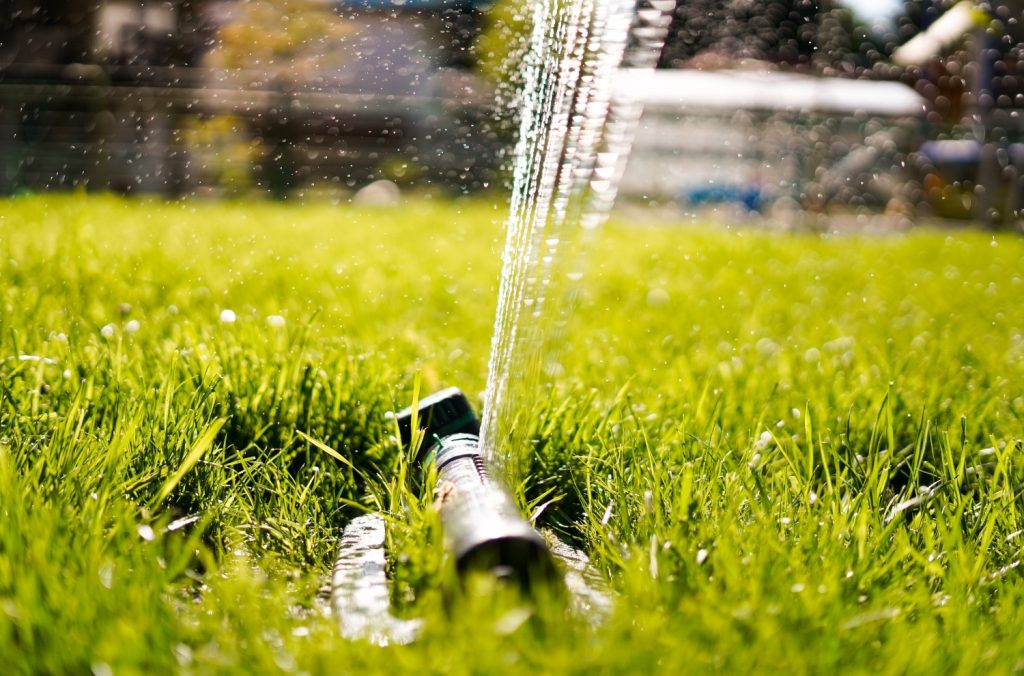
Liquid
Liquid fertilizers work just like water-soluble fertilizers. The only difference is that they’ve already been mixed for you.
These types of fertilizers are concentrated, so you’ll need to water them down prior to application.
Once a liquid fertilizer has been applied, it gets to work right away.
If your plants aren’t growing as well as they should be, or if their foliage is turning yellow and becoming discolored, a liquid fertilizer would be the best choice.
Some liquid fertilizers can also be used as a foliar spray. Simply spritz the mixture onto the leaves of the plants you wish to feed, and allow the foliage to absorb the nutrients.
Using liquid fertilizer can dramatically improve your plant’s appearance in a matter of a few days.
Just remember to check the manufacturer’s instructions to ensure the fertilizer can be used in this way.
Liquid triple 12 fertilizers will nourish the plants in your garden for around 2 to 4 weeks.
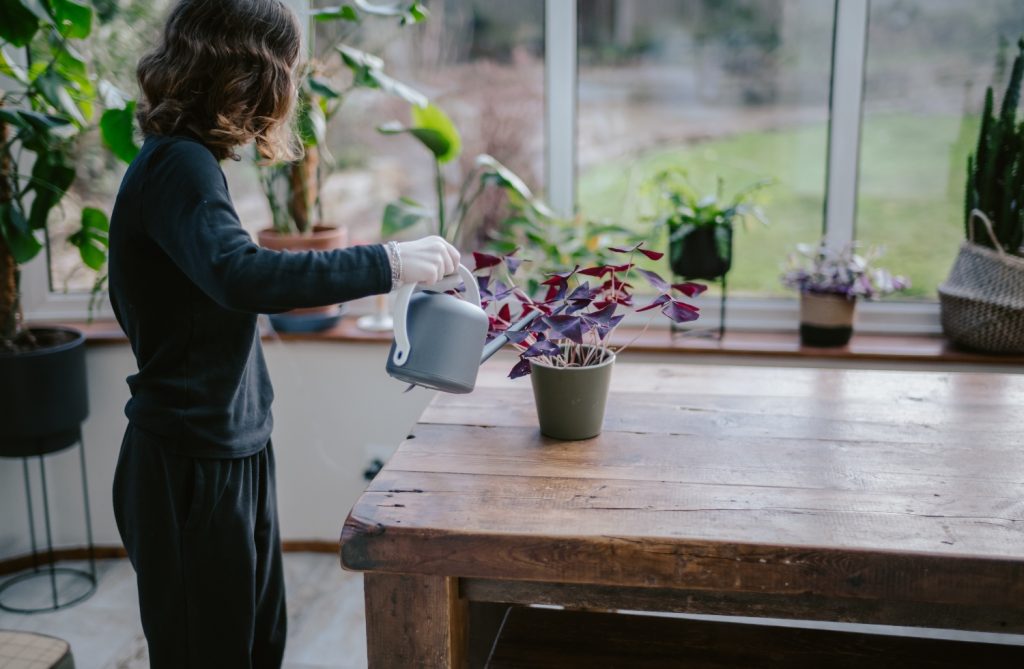
Granular
If you want a fertilizer that will keep your plants fed a bit longer than 2 to 4 weeks, granular fertilizers are an economical middle-of-the-road choice.
Granular fertilizers are comprised of tiny pellets that look like pebbles.
These fertilizers can be spread by hand to spot-feed individual plants or spread with a broadcast spreader.
Unlike liquid and water-soluble fertilizers, which begin breaking down immediately, granular fertilizers can take a few days before they begin releasing nutrients.
Because granular fertilizers break down relatively slowly, they can last anywhere from 3 to 6 months.
It’s best to apply granular triple 12 fertilizers before planting, this way you can work the fertilizer into the upper 3” of the soil, where it will be the most effective.
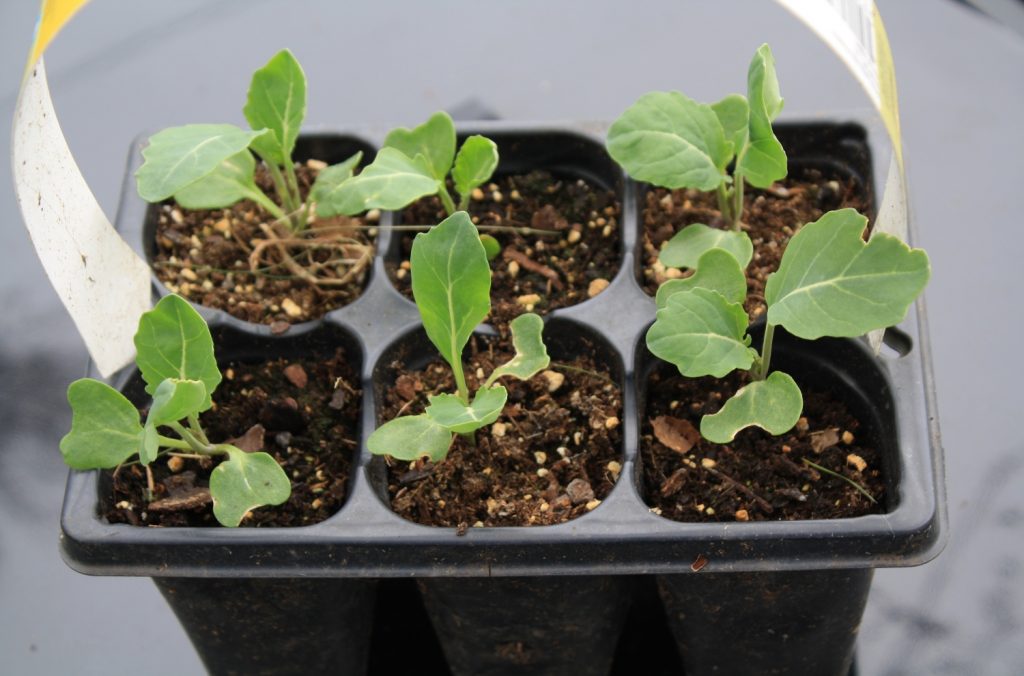
Slow-release
Another pelleted fertilizer, slow-release 12-12-12 fertilizer will feed your plants from 3 to 6 months on average. That said, some slow-release fertilizers can last up to 12 months. So you’ll need to check the label.
Slow-release fertilizers last much longer than the other types. The downside to them is that they tend to be much more expensive.
Slow-release fertilizers are covered in a coating that allows them to be released over a period of months.
This makes slow-release fertilizers a good option for flower beds and landscaping.
Simply work the fertilizer into the upper layer of the soil, and it will provide your plants with enough nutrition to keep growing all season long.
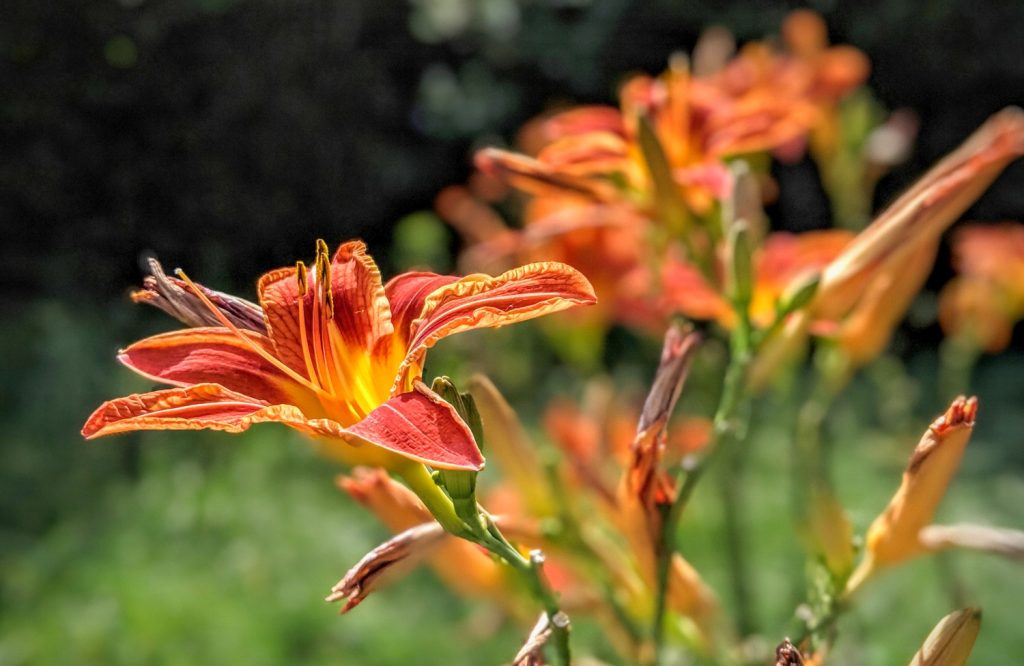
Which fruits and vegetables benefit from 12-12-12 fertilizer?
Triple 12 is an appropriate fertilizer for fruits and vegetables at the start of the growing season.
Liquid and water-soluble triple 12 can be applied just after transplanting seedlings to your garden.
Granular and slow-release fertilizers should be mixed into beds prior to planting. Add these fertilizers to beds where fruiting plants are going to be planted.
Triple 12 is not the best fertilizer for leafy green veggies.
Most of the plants in your garden will benefit from being fertilized, but different plants have different nutritional needs.
Leafy greens, like lettuce, parsley, and kale have higher nitrogen requirements since nitrogen is essential for foliage growth.
Tripe 12 will not provide these crops with the right nutrients to grow well, and may even hinder their development.
However, fruiting plants like melons, squash, pumpkins, tomatoes, and peppers, will benefit from the extra dose of nutrients that triple 12 provides early on in the season.
As these plants shift gears from vegetative growth to flowering and fruiting, you’ll need to switch from triple 12 to a phosphorus-rich fertilizer to ensure the plants can continue producing.
Giving plants nitrogen when they start making flowers will only encourage them to produce more foliage. This can significantly hinder crop production.
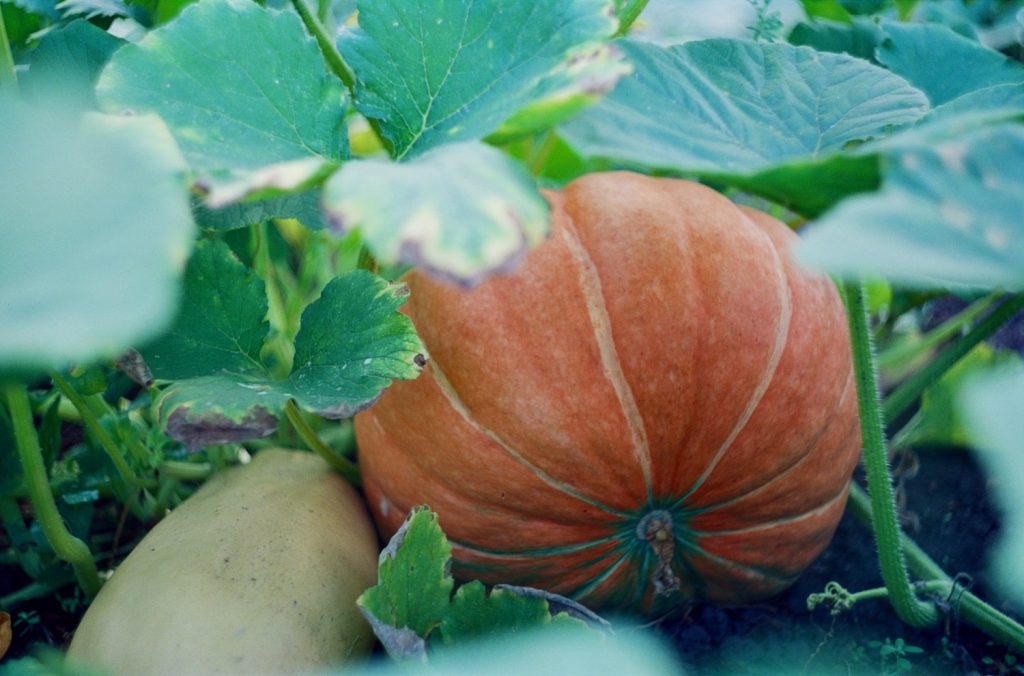
Can you use triple 12 to feed flowers and ornamental plants?
A 12-12-12 fertilizer contains equal doses of nitrogen, phosphorus, and potassium.
Because it provides plants with low to moderate doses of these three macronutrients, and in an even split, it makes a great all-purpose fertilizer for flowers and ornamental plants.
You can use slow-release and granular triple 12 to amend flower beds in the early spring, just as you would amend vegetable garden beds.
Work pelleted fertilizers into the uppermost layer of the soil, then water them well so they begin releasing nutrients.
Liquid and water-soluble fertilizers work best to feed plants that are already growing.
This all-purpose fertilizer can be used to feed bulb flowers, like gladioli and snapdragons. But it’s just as beneficial for other ornamentals, including daylilies, irises, columbine, peonies, and more.
Perennial plants benefit from triple 12, but annual flowering plants may not have such high nutritional needs.
Check the soil before applying fertilizer, and read up on the plants you wish to fertilize to gain a better understanding of which nutrients they need to perform well.
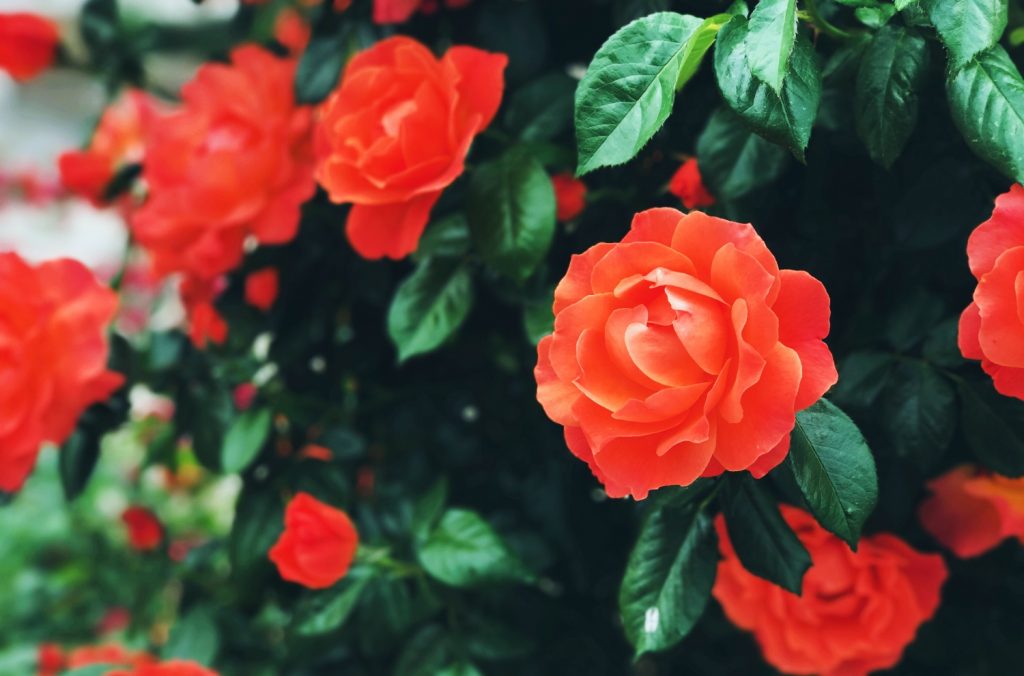
Do trees and shrubs benefit from 12-12-12 fertilizer?
Trees can also be fertilized with triple 12 fertilizer. Fruit trees like apples and pears, as well as flowering trees like magnolias, benefit from the nutrients that triple 12 provides them with.
Triple 12 fertilizer gives flowering and fruiting trees all of the nitrogen, phosphorus, and potassium they need to make healthy foliage and begin reproducing.
But because triple 12 contains moderate doses of phosphorus and potassium as well as nitrogen, it’s not the best option for non-fruiting and non-flowering trees.
Evergreens and non-flowering, non-fruiting trees and shrubs benefit more from high-nitrogen fertilizers.
Blood meal, manure, and hoof and horn meal would be better choices for these plants, as these fertilizers provide the plants with enough nutrients to stay healthy.
Although 12-12-12 fertilizer is unlikely to harm these plants, it can hinder foliage development and minimize seasonal growth.
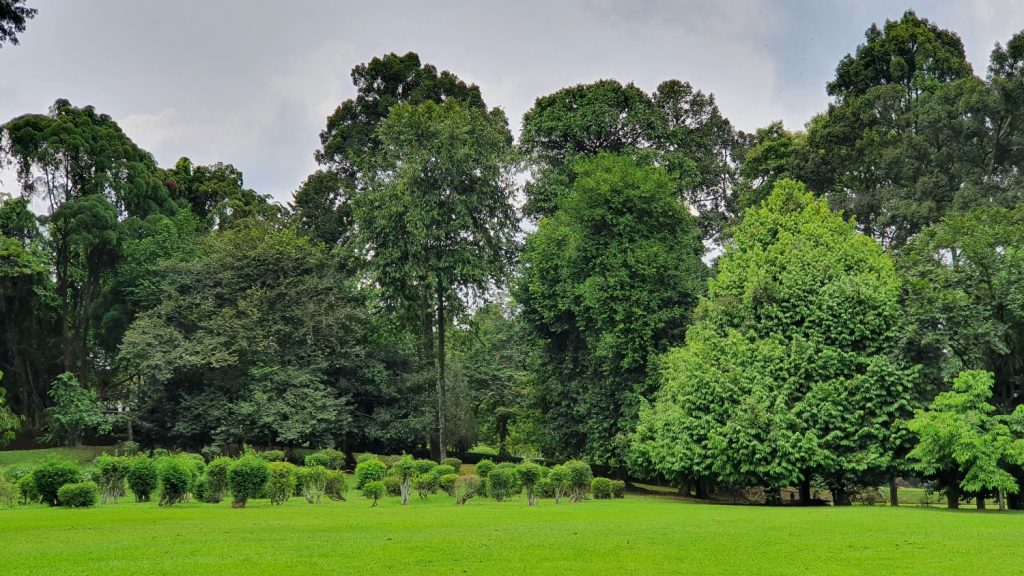
Can you use triple 12 fertilizer on houseplants?
A fertilizer like 12-12-12 is too rich for most houseplants.
Triple 12 contains much higher doses of nitrogen, phosphorus, and potassium than indoor plants require.
Better fertilizers for indoor plants include 1-1-1, 2-2-2, and 3-3-3.
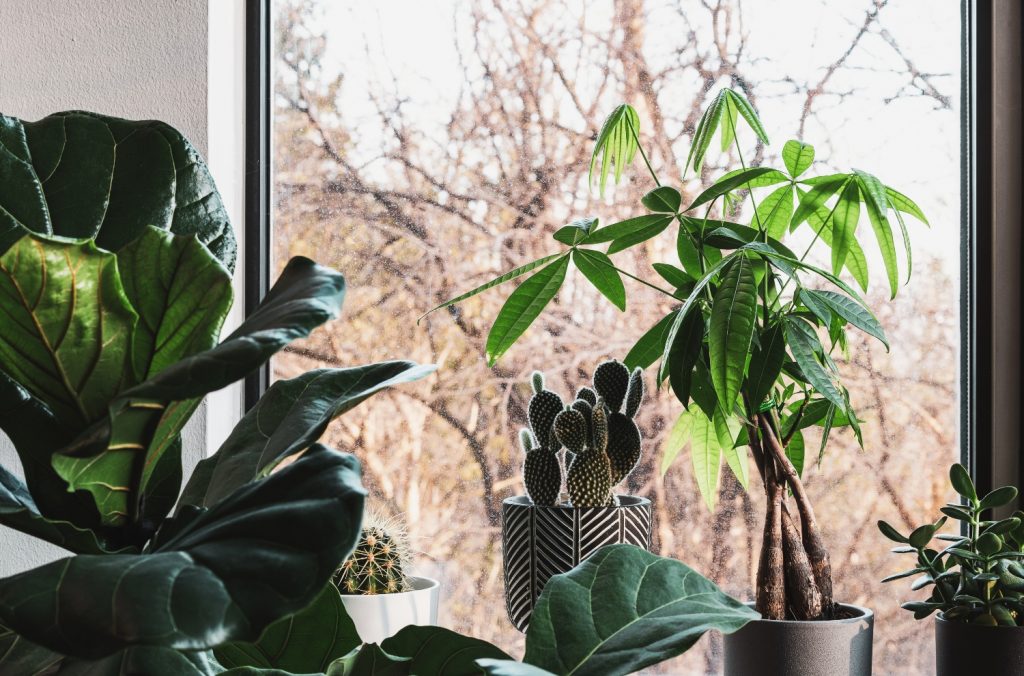
Can you use triple 12 fertilizer for lawns?
Triple 12 is a decent fertilizer for lawns, although turf grasses benefit more from high-nitrogen fertilizers.
Use a broadcast spreader to spread the fertilizer equally. You can apply triple 12 before reseeding, or to established lawns.
Be sure to apply fertilizer on a still day to ensure even application, and wear goggles and a mask to avoid irritating your sinuses.
Apply 12-12-12 fertilizer at a rate of 6 pounds per 1,000 square feet. Water your lawn well after fertilizing. This will wash fertilizer off of the foliage, so it doesn’t burn the plants, and also kickstart nutrient release.
Giving turf grass phosphorus-rich fertilizer throughout the season can encourage the production of seed heads.
It’s best to apply 12-12-12 fertilizer to lawns in the spring and early summer. As the season progresses, it’s best to switch to a high-nitrogen fertilizer.
Remember to test your soil before applying fertilizer to your lawn to keep it healthy and maximize growth.
When should you apply 12-12-12 fertilizer?
It’s best to apply 12-12-12 and any other fertilizer in the spring, right as plants are waking up from their winter dormancy.
It’s during this time that a plant’s nutritional requirements skyrocket. Plants need plenty of nitrogen, phosphorus, and potassium to kickstart growth.
Once you’ve spotted the first set of leaves, it’s safe to apply fertilizer. Avoid fertilizing plants that have yet to show signs of life.
If, for whatever reason, you didn’t fertilize your plants in the spring, that’s okay. You can apply triple 12 at any time throughout the summer.
It’s important to avoid fertilizing plants from late fall to winter.
As plants gear down for the season, their nutritional needs decline. Plants that have already gone dormant won’t absorb any extra nutrients.
In fact, applying fertilizers to dormant plants can kill them because they can burn the roots.
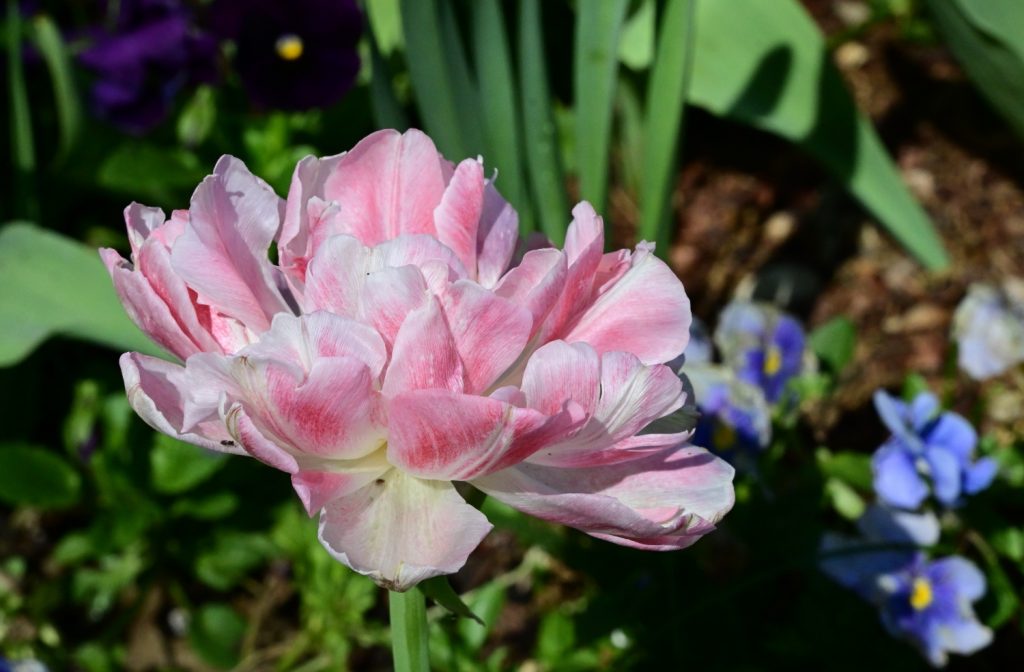
How often should you apply 12-12-12 fertilizer?
How often you’ll need to reapply triple 12 depends on your garden’s needs and the type of fertilizer you apply.
Liquid and water-soluble fertilizer usually need to be applied once a month, or every other month.
Slow-release and granular fertilizers, by contrast, last much longer.
It’s important to test your soil before applying fertilizer to avoid over-applying certain nutrients and under-applying others.
Additionally, there’s no need to apply fertilizer to annual plants once they’ve stopped fruiting.
So, if your tomatoes and peppers have already stopped making new fruits, feeding them won’t do any good. Save yourself time and money by uprooting the plants and replacing them with new crops.
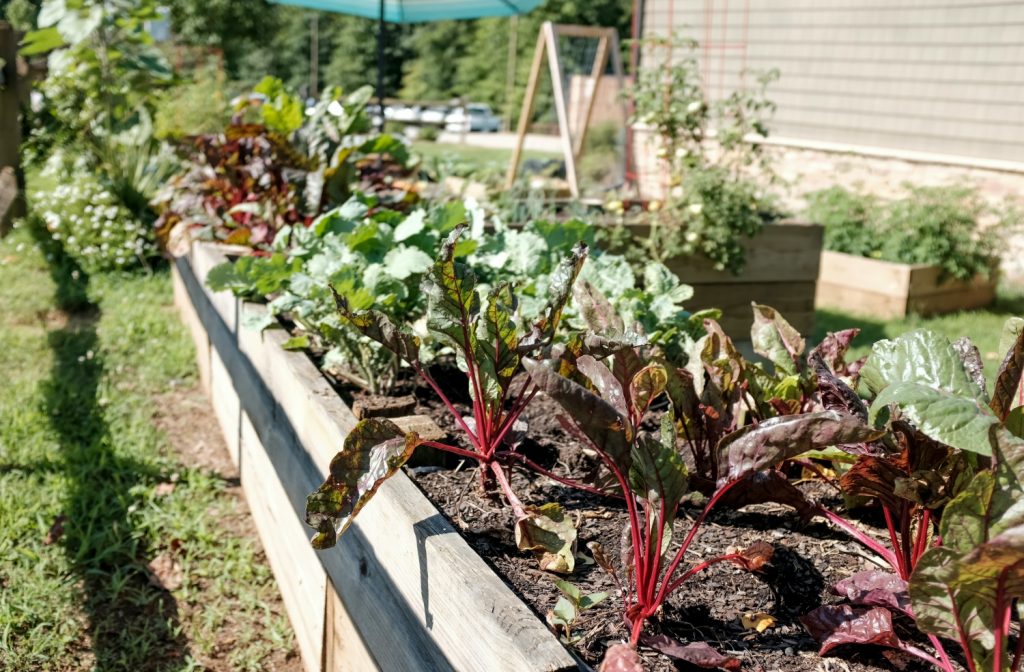
Tips for using triple 12 fertilizer
Applying a triple 12 fertilizer is easy. Just follow the manufacturer’s instructions, and you should be fine.
The key points you really need to consider when applying any fertilizer are 1) your plant’s nutrient requirements, 2) your soil’s nutritional makeup, and 3) your garden’s reaction.
It’s important to test your soil prior to fertilizing. Applying too much of one nutrient and/or not enough of others can lead to nutritional imbalances that hinder crop quality and plant performance.
Be sure to monitor your garden’s reaction to the fertilizer in the days following application.
If your plant’s appearance improves, you can be sure you made the right decision.
But if your plant’s condition worsens, water the soil well to flush out the fertilizer, then retest the soil to identify imbalances.
Overall, 12-12-12 is a great option for flower beds and fruit and vegetable gardens and a poor choice for non-fruiting plants.
Appropriate application of triple 12 annually can help improve the performance of the plants in your landscaping, and increase fruit and vegetable yield in your garden.
